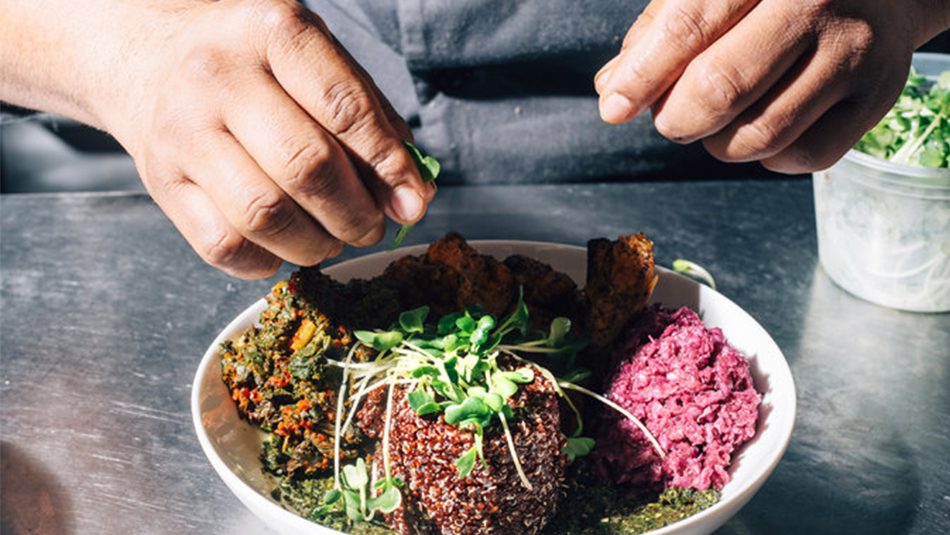
7 Habits Of Highly Effective Fruit & Veggie Marketers
Stephen Covey first published his hugely popular book, The Seven Habits of Highly Effective People, back in 1989. Since then, a cottage industry seems to have risen up with various pundits proposing their own “seven habits” lists for all kinds of industries and interests.
I’m no pundit—and I’m certainly no Stephen Covey—but here’s my list of proven habits to help marketers of fruits and vegetables achieve real success in the marketplace, whether you’re marketing a branded produce item or working for a food commodity marketing board.
1. Be Proud!
Produce marketers have one of the coolest marketing jobs around. Think about it. You advocate healthy eating and nutritionally balanced diets. You help consumers to live better, healthier lives. You help to sustain the time-honored tradition of farming at a time when family farms face many financial challenges. And to top it off, the farmers you are helping, in turn, help to feed the world. It’s a lot to be proud of. Your work makes a positive difference. How great is that?
2. Find Your Tribe
Every food product, including yours, has a core group of devoted loyalists. Folks who dearly love your product and identify with it. Seek them out and learn everything you can about them. What is it about your product that makes them such fans? Aside from loving your product, what other traits do these consumers share? Look beyond demographics. What comprise the common core values or behaviors among this group of loyalists? Odds are that once you’ve identified those core values, you can leverage that knowledge to attract many more like-minded consumers, who are easy candidates to become loyal fans of your product.
3. Focus on the Vital Few
My guess is that even the most heavily advertised brands in the world wish they had just a little more money to spend against marketing. And if you’re like most food marketers, you probably have more marketing priorities than your budget can reasonably address. So, don’t fall victim to trying to do too much with a limited budget. Simply placing a checkmark next to an initiative doesn’t mean you have successfully accomplished anything. Choose your strongest program and focus budget and energy on doing the best possible job in that one area. Staying focused pays a much higher dividend than diluting efforts over too many smaller programs.
4. Build a Social Community, Not a Bulletin Board
Ever meet someone at a party who only wants to talk about themselves? Most of us try politely to cut off that monologue as quickly as possible and move on to someone who actually wants to have a two-way conversation. The same holds true for social media. If you just use social media as a bulletin board to post self-serving messages, you are losing the battle and fooling yourself. Don’t forget that social media is, well, social. Invest time to understand how your specific target audience uses different social channels and what topics or interests they share. Then, build a strategy to tap into their shared values, focusing on specific, most-frequented channels. Look for ways to build a community of like-minded people, encouraging them to contribute content and reinforcing the role your product plays in their lives.
5. Shake it Up
Doing the “same old, same old” is just that: the same and old. Food commodities and produce are sometimes perceived as traditional and somewhat old-fashioned. Sticking with tired communication strategies reinforces that notion. Shake up the consumer’s mindset by finding ways to disrupt perceptions and help people to see your product in a new, more contemporary light. Inject the unexpected into your messaging strategy.
There has never been a better time to create an unexpected idea that speaks to your target, and invites their attention and engagement in a new and unexpected way.





